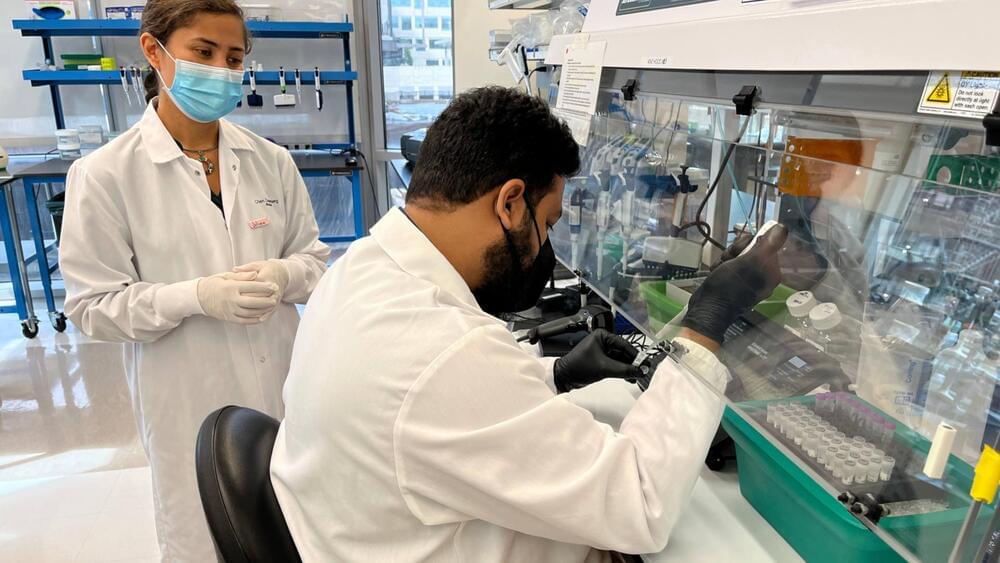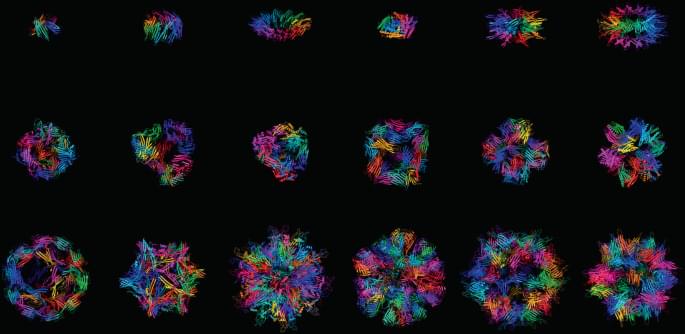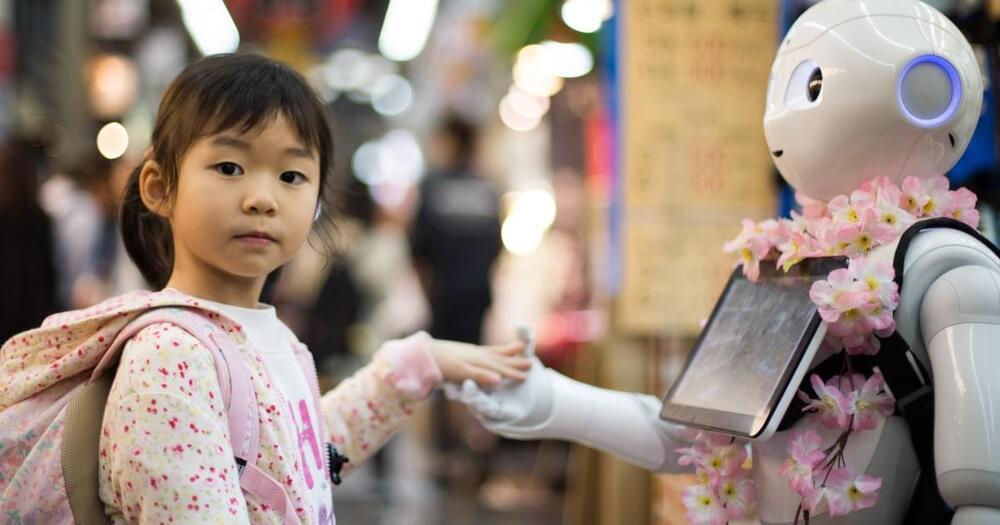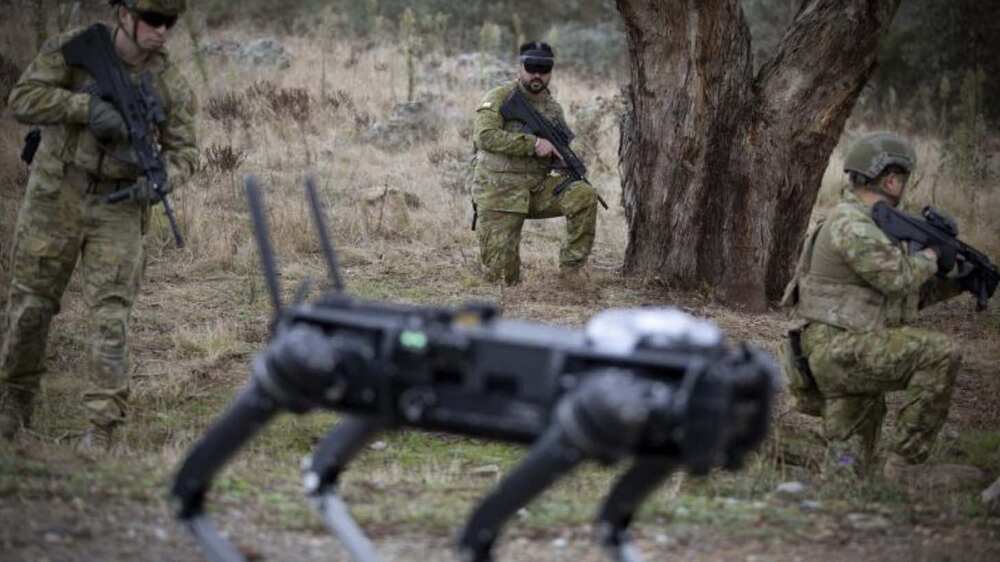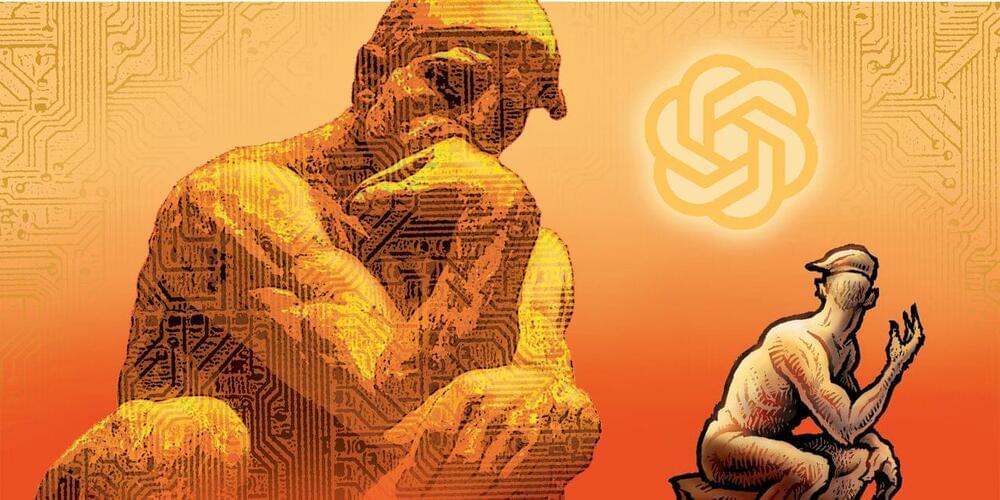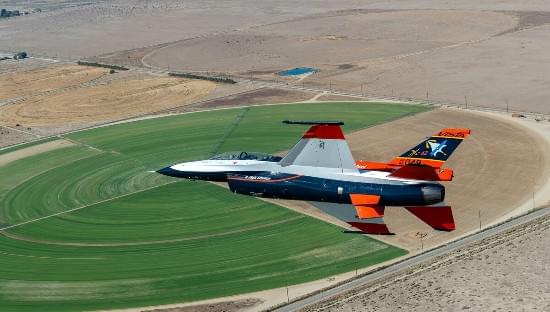On December 18, 2019, Wuhan Central Hospital admitted a patient with symptoms common for the winter flu season: a 65-year-old man with fever and pneumonia. AI Fen, director of the emergency department, oversaw a typical treatment plan, including antibiotics and anti-influenza drugs.
Six days later, the patient was still sick, and AI was puzzled, according to news reports and a detailed reconstruction of this period by evolutionary biologist Michael Worobey. The respiratory department decided to try to identify the guilty pathogen by reading its genetic code, a process called sequencing. They rinsed part of the patient’s lungs with saline, collected the liquid, and sent the sample to a biotech company. On December 27, the hospital got the results: The man had contracted a new coronavirus closely related to the one that caused the SARS outbreak that began 17 years before.
